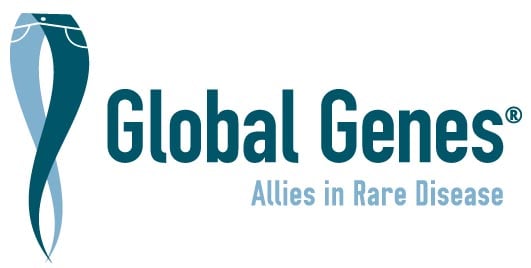Cerebellar liponeurocytoma
Cerebellar liponeurocytoma (cLPN) is a rare slow growing neuronal tumor seen more frequently in females than males occurring most commonly in the cerebellum but occasionally in the supratentorial compartment or the fourth ventricle and presenting in the 4th to 6th decade of life with symptoms of dizziness headache and gait instability. It often has a high rate of local recurrence.
Data from Orphanet are used to provide information on a disease's name, synonym(s), and overview.
Reference: Access aggregated data from Orphanet at Orphadata.
Orphadata: Free access data from Orphanet. © INSERM 1999. Available on http://www.orphadata.org. Data version April 2024
Newly diagnosed with
Cerebellar liponeurocytoma?
Our RARE Concierge Services Guides are available to assist you by providing information, resources and connections as you navigate your rare disease journey.
Advocacy Organizations
COMBINEDBrain Inc
COMBINEDBrain is a consortium for outcome measures and biomarkers for neurodevelopmental disorders. We are collaborating to cure rare, non-verbal brain disorders.
Help Hope Live
Help Hope Live assists individuals living with catastrophic injuries and illnesses to fundraise toward their medical expenses and related costs.
Moonshots for Unicorns
Curing single-gene disorders
My Faulty Gene
My Faulty Gene is a nonprofit organization which provides information and assistance to any individual whose family medical history suggests genetic testing might be helpful in identifying an increased risk of disease due to a genetic mutation. We believe that everyone in need of genetic testing should have access to it.
My Little Sunshine Foundation
My Little Sunshine is a non-profit foundation dedicated to educating people about the importance of fertility preservation and making fertility resources accessible to all.
Project CASK
To fund research for treatment and/or a cure for CASK Gene Disorder
SALUS
Educate and provide resources to POC with Rare Cancers
Clinical Trials
For a list of clinical trials in this disease area, please click here.
